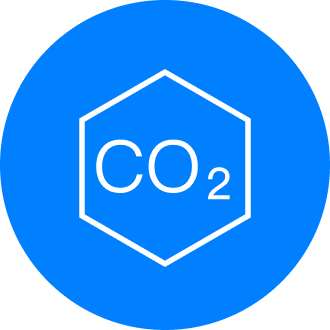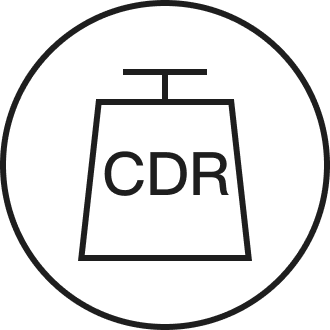Carbon dioxide removal are negative emission technologies, which can address carbon budget overshoot and potentially reverse climate change. We will mainly focus on technology-based solutions to ensure the permanence of the removal.
A wide range of CDR technologies have emerged in recent years (e.g., various DACCS technologies). We will support building first-of-its-kind pilots to accelerate the developments of high-potential pathways.
By 2050, carbon dioxide removal technologies are expected to reach a scale of 1 billion tons per year. We aim to explore innovative and feasible technological solutions that can be scaled at industrial level in the future.

Location
Central and South Kenya Rift areas.

Energy Supply
Capable of providing close to 100% renewable energy supply, potentially along with supply of certain geothermal steam.

Carbon Storage
Captured carbon dioxide can be injected underground for mineral sequestration as an option.

Hundred-Ton Scale
The team should design a CDR pilot project capable of achieving an annual carbon removal capacity of at least 100 tons.

Permanence
We look for carbon removal solutions that can achieve significant permanence.

Technological Breakthrough
The technology should demonstrate significant advancements or distinctions compared to current methods, enabling breakthroughs in science, technology, and/or engineering.

Scalability
The technology should have the potential for industrial-level scale-up.

Energy Efficiency and Cost Competitiveness
The technology must have the potential to achieve a breakthrough in energy consumption and demonstrate cost-competitiveness when deployed at scale.

Life Cycle Assessment
A Measurement, Reporting, Verification (MRV) plan is required to accurately measure the carbon removal throughout the entire lifecycle.

